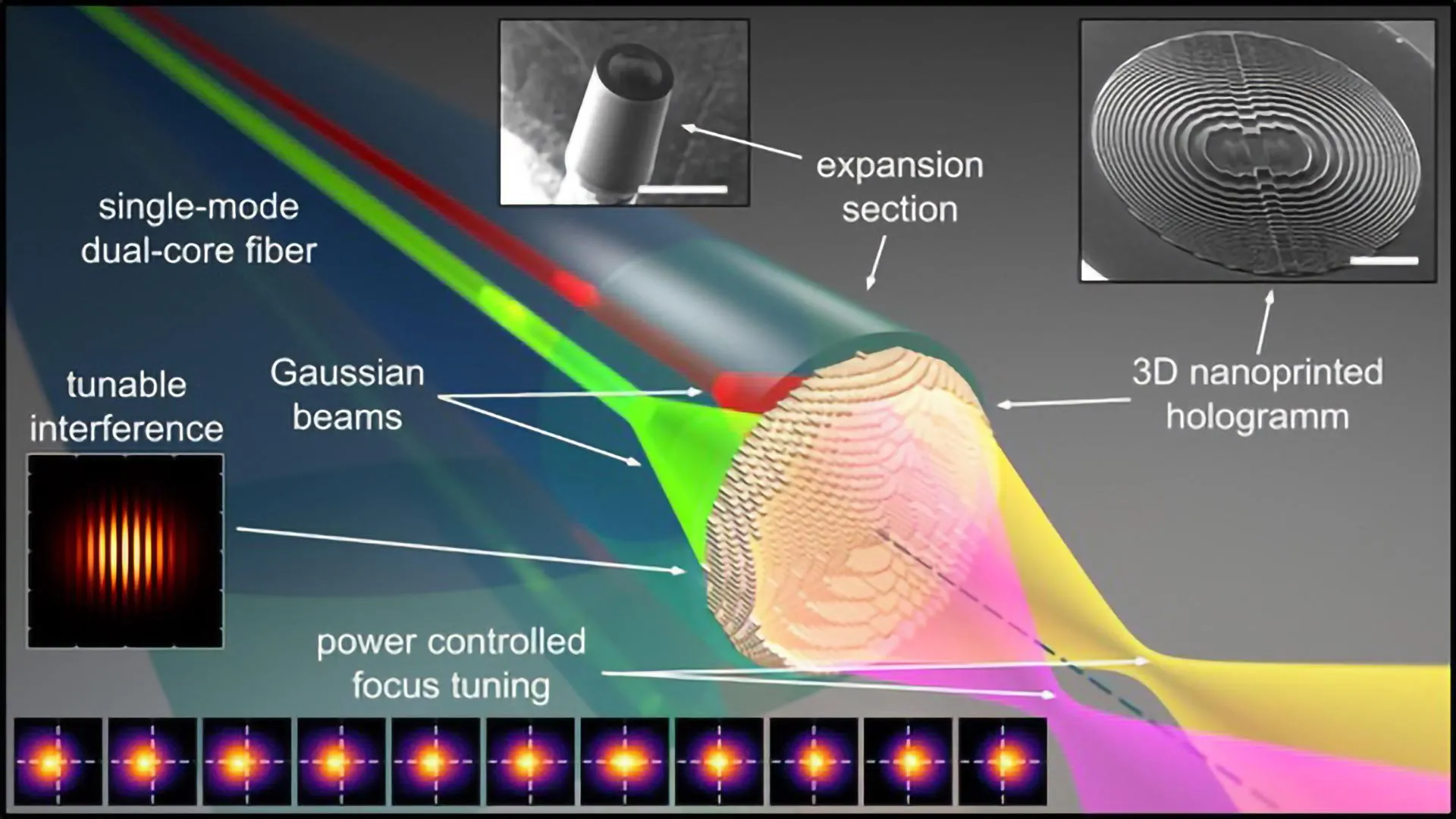Now Reading: Tiny Iron Catalyst Paves Way for Clean Energy Revolution
-
01
Tiny Iron Catalyst Paves Way for Clean Energy Revolution
Tiny Iron Catalyst Paves Way for Clean Energy Revolution

Fast Summary
- Proton exchange membrane fuel cells (PEMFCs) utilize hydrogen and oxygen to generate electricity with water as the only byproduct, offering high efficiency, rapid start-up, and zero emissions. However, they depend on platinum catalysts, which are costly and limited in availability.
- A team of Chinese scientists developed an iron-based catalyst with an “inner activation, outer protection” design that reduces reliance on platinum while achieving record efficiency and durability in PEMFCs.
- The new catalyst features a nanoconfined hollow multishelled structure (HoMS) with single Fe atoms concentrated within its inner curved surface.
- Key performance results:
– Oxygen reduction overpotential: 0.34 V.
– Record power density: 0.75 W cm-2 at 1.0 bar H2-air;
– Activity retention rate: ~86% after continuous operation for over 300 hours.
- The innovation improves reaction kinetics, suppresses hydrogen peroxide production, enhances selectivity and stability via designed electrostatic repulsion effects within the catalytic microenvironment.
For further details: Read More
Indian Opinion Analysis
The development of this iron-based catalyst marks a significant advancement in clean energy technology by addressing challenges inherent to PEMFC adoption-namely cost barriers due to platinum dependency. With transportation demands growing rapidly in India alongside its enterprising renewable energy goals, this breakthrough could pave the way for affordable hydrogen fuel cells ideally suited for low-carbon mobility options.
India’s scientific community may closely study such globally recognized innovations to accelerate domestic efforts in catalysis research—a crucial area given the country’s heavy reliance on fossil fuels. However viable commercialization requires overcoming manufacturing complexities tied to nanostructures like HoMS; enabling broader industrial adoption could perhaps align India better toward sustainable energy targets while reducing imports of rare materials like platinum.
Moreover As populous nations jointly pursue lower tech prices solutions international cooperation inclusive technologies merit long-term attention bonds

























